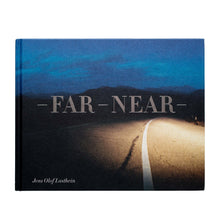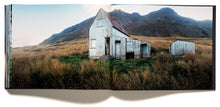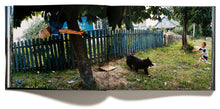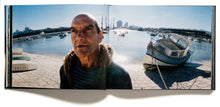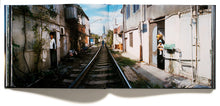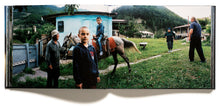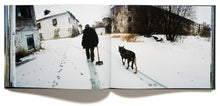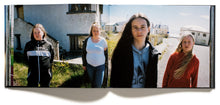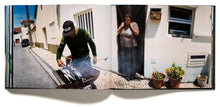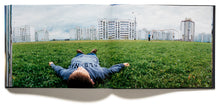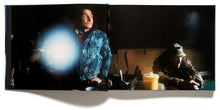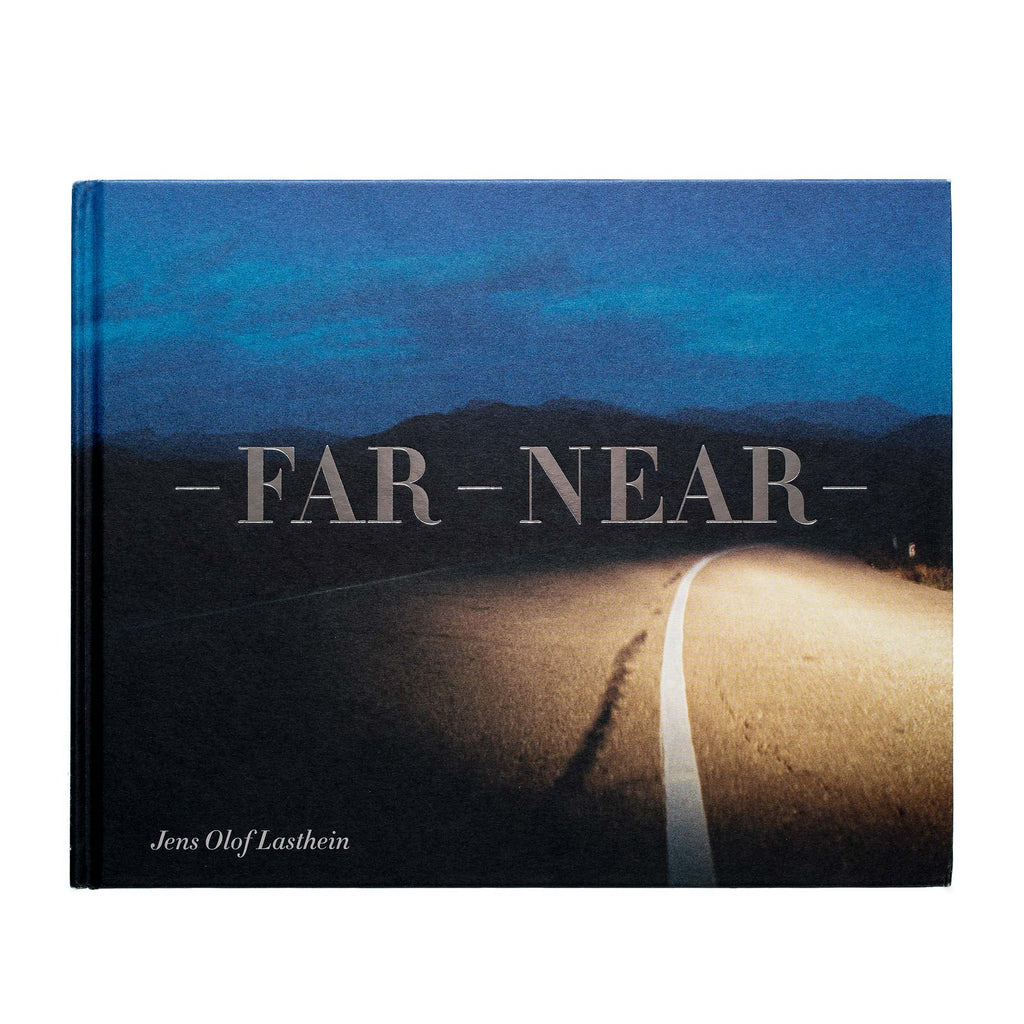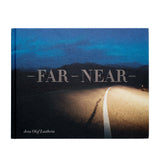*
A road trip exploring Europe and Europeans from a different perspective – diagonally from the center to the periphery "I grew up in a westerly wind. It swept in from the sea, scouring the flat landscape where I lived. Any solitary, unprotected trees grew sideways, bowed down in an unequal battle against the relentless wind. It was as far from the capital as you could get, a land on the edge of Europe. My home dialect was never one you heard on the television, and it always met with indulgent smiles from people in the big city. If they understood what we were saying in the first place.
For this book, I travelled to the farthest-flung corners of Europe, as far from the centre as I could get—Iceland in the northwest, the northern Ural Mountains in the northeast, the Caucasus in the southeast, Portugal in the southwest—and I was amazed there, and felt at home. " - Jens Olof Lasthein
From the publisher: “Far Near” is a visual roadtrip to the far geographical corners of Europe and to its very center. The four corners are Iceland to the north west, the northern Ural mountains to the north east, the Caucasus to the south east and Portugal to the south west. Beyond these regions it is no longer Europe.
Jens Olof Lasthein discovered that drawing diagonal lines across the map between these corners they cross each other in what must logically be the center of Europe: Belarus, a country he knows well. Still, the thought that this is the center of Europe never struck him. On the contrary, Lasthein writes that travelling around the country often reminds him of the backwater where he grew up.
The panoramic photos and text from all five destinations are intertwined all through the book. The reader will never know for certain where he/she is, hinting that although geographical origin is important, more factors are decisive in human life than what corner of the Europe one happens to live in.
Thematically, the book challenges the notion that a midpoint is always central and outposts are always marginalized. From what viewpoint do we form our shared reality? Furthermore, it advocates the idea that Europe still is the geographical entity it used to be – not just another word for the European Union. In consequence it alters the now-established perspective of the continent. In the book, the reader is taken through a display of sceneries, portraits and situations dealing with human conditions and states of mind, all aimed at creating both surprise and recognition.
















